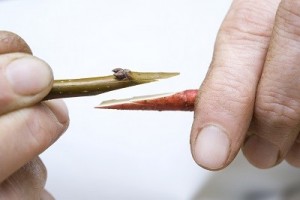 If you’ve ever eaten fruits or vegetables (and let’s hope you have), you have benefited from plants as food. Of course, the plants we eat have been highly modified by growers to produce larger and sweeter fruit, or heartier vegetables.
If you’ve ever eaten fruits or vegetables (and let’s hope you have), you have benefited from plants as food. Of course, the plants we eat have been highly modified by growers to produce larger and sweeter fruit, or heartier vegetables.
There are three basic ways to create plants with new, more desirable traits:
[am4show have=’p8;p9;p27;p54;p69;p78;’ guest_error=’Guest error message’ user_error=’User error message’ ]
Grafting
Grafting takes advantage of the fact that trees have the ability to heal themselves. In this method, a branch of a tree is cut off and replaced with the branch of a different tree. Wait a season and, voila, a new tree with the traits of the branch that was added on, or grafted, is growing on the original tree.
There are many reasons for grafting. First, it allows growers to produce a tree with more than one type of fruit. Peaches, plums, and apricots can all be found on the same tree after grafting has occurred. Grafting of the same fruit can also beneficial. Sweet oranges are preferred for taste, but trees that produce these types of oranges are at greater risk for disease. Also, sweet oranges often have no seeds, making it impossible for them to reproduce naturally. By grafting sweet oranges onto sour orange trees, both problems can be avoided.
Hybridization
You’ve probably noticed that children look like their parents, and that brothers and sisters tend to look alike as well. We share more traits with the people we are most closely related to. This is the basic idea of the branch of science called genetics. It’s not just true with people, though. Plants will share traits with their offspring.
Breeders have been using the ideas of genetics for years. They have been forcing plants with traits people find desirable to breed, hoping that the offspring will share those traits. Traits such as resistance to disease, large size, and sweetness, are bred for. When breeders began doing this, they didn’t know about genes, the factors that carry traits from parents to offspring. As this became known, breeders became better at making crosses that would produce the traits they were looking for.
Transgenics
Every living thing has a genome. A genome is the complete sequence of genes the organism has. The genes of each organism are different, which is why a bacterium is different than, say, a tomato. For the most part, that’s a good thing. We wouldn’t want our tomatoes to be much like bacteria. But what if we did? At least a little. If there was something in bacteria that would be helpful to tomatoes, would there be a way to add the bacteria gene to the tomato genome? It turns out that the answer is yes, and transgenics refers to the process of adding something helpful to another organism’s genome.
In the case of the bacteria and the tomato, some bacteria have a gene that would give tomatoes resistance to disease. This gene has been placed in many tomatoes. Some people have concerns about transgenics, worrying that adding to genomes could have unintended consequences. Nevertheless, this process has become very common.
[/am4show]
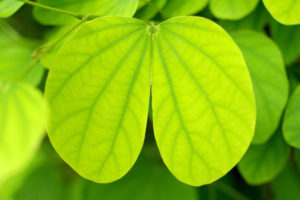 Here’s a neat experiment you can do to measure the rate of photosynthesis of a plant, and it’s super-simple and you probably have most of what you need to do it right now at home!
Here’s a neat experiment you can do to measure the rate of photosynthesis of a plant, and it’s super-simple and you probably have most of what you need to do it right now at home!
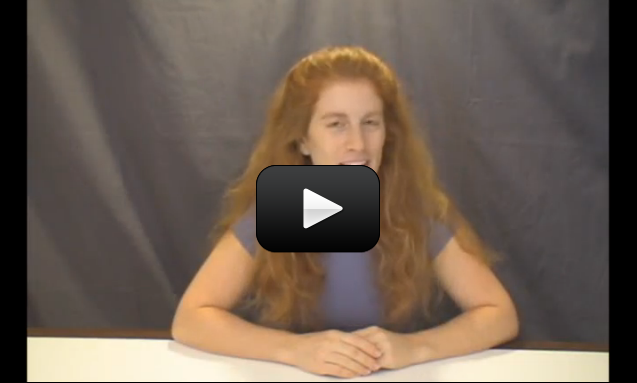
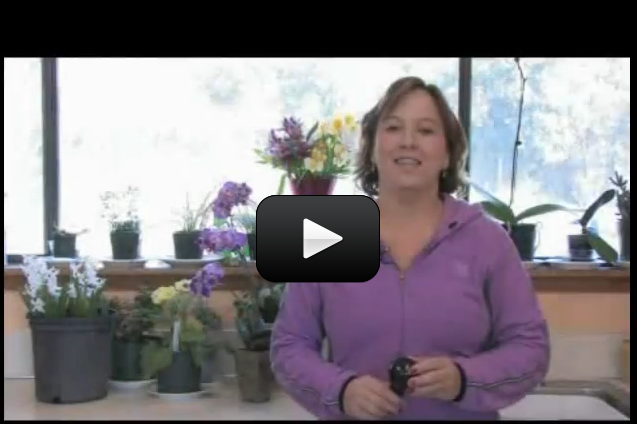
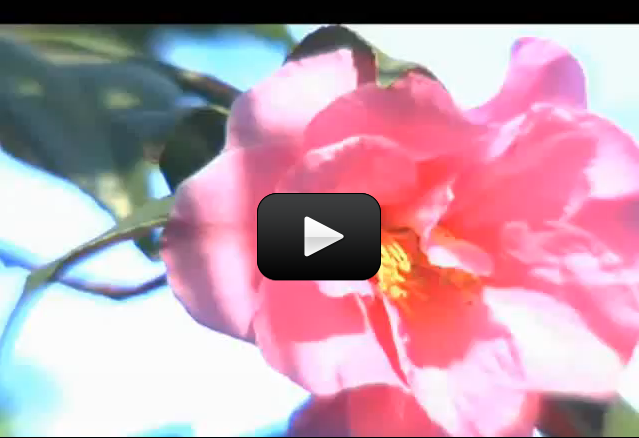
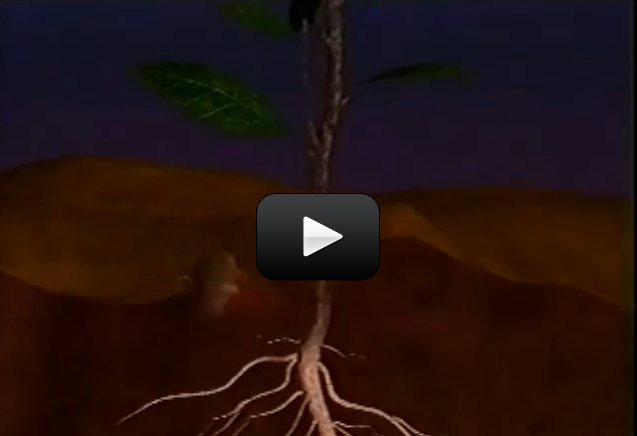
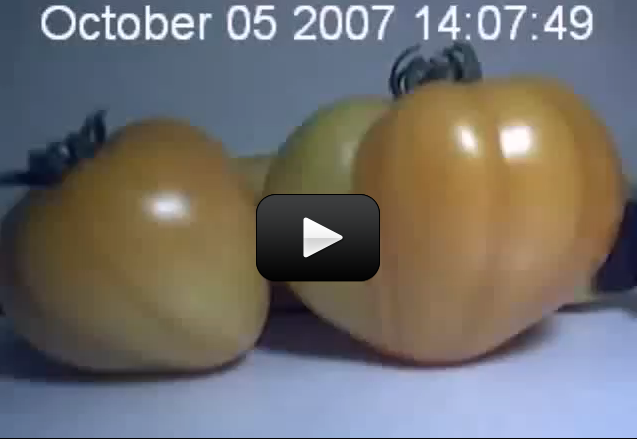

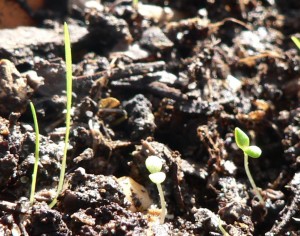
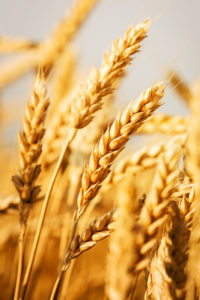 Flowering plants can be divided into monocotyledons and dicotyledons (monocots and dicots). The name is based on how many leaves sprout from the seed, but there are other ways to tell them apart. For monocots, these will be in multiples of three (wheat is an example of a monocot). If you count the number of petals on the flower, it would have either three, six, nine, or a multiple of three. For dicots, the parts will be in multiples of four or five, so a dicot flower might have four petals, five petals, eight, ten, etc.
Flowering plants can be divided into monocotyledons and dicotyledons (monocots and dicots). The name is based on how many leaves sprout from the seed, but there are other ways to tell them apart. For monocots, these will be in multiples of three (wheat is an example of a monocot). If you count the number of petals on the flower, it would have either three, six, nine, or a multiple of three. For dicots, the parts will be in multiples of four or five, so a dicot flower might have four petals, five petals, eight, ten, etc.
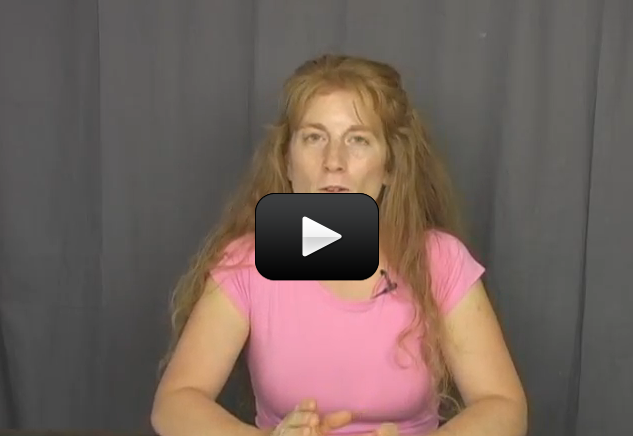
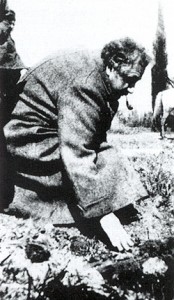
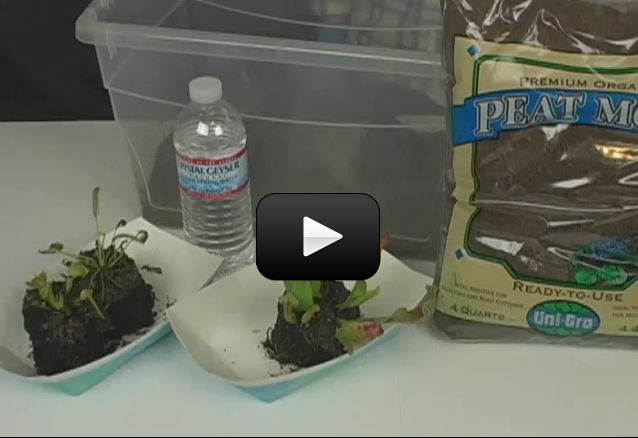

 Broccoli, like all plants, has chlorophyll, making it green. You can really “see” the chlorophyll when you boil broccoli. This is such a simple experiment that you can do this as you prepare dinner tonight with your kids. Make sure you have an extra head of broccoli for this experiment, unless you really like to eat overcooked broccoli.
Broccoli, like all plants, has chlorophyll, making it green. You can really “see” the chlorophyll when you boil broccoli. This is such a simple experiment that you can do this as you prepare dinner tonight with your kids. Make sure you have an extra head of broccoli for this experiment, unless you really like to eat overcooked broccoli.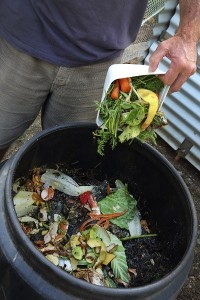
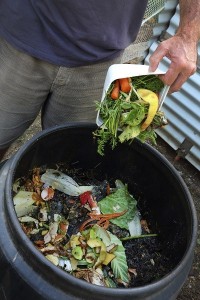 If you have a backyard garden, be sure to give it plenty of sunshine, water, and garbage.
If you have a backyard garden, be sure to give it plenty of sunshine, water, and garbage.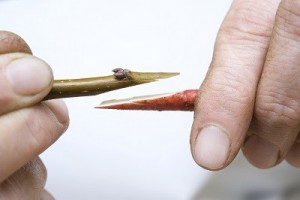
 If you’ve ever eaten fruits or vegetables (and let’s hope you have), you have benefited from plants as food. Of course, the plants we eat have been highly modified by growers to produce larger and sweeter fruit, or heartier vegetables.
If you’ve ever eaten fruits or vegetables (and let’s hope you have), you have benefited from plants as food. Of course, the plants we eat have been highly modified by growers to produce larger and sweeter fruit, or heartier vegetables.